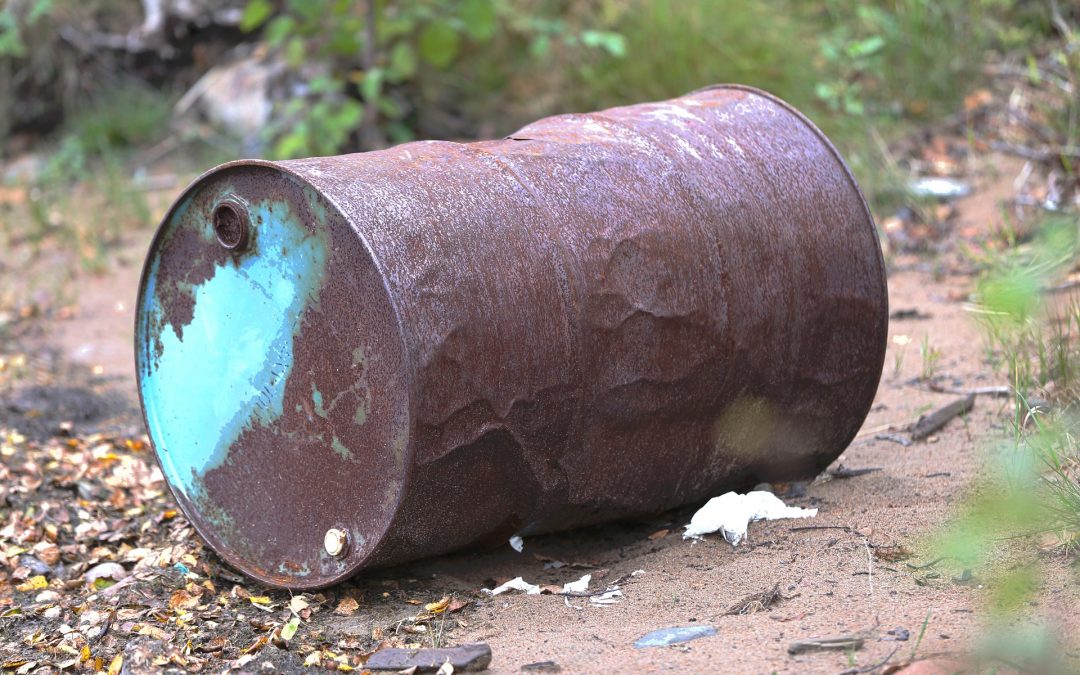Modelling Contamination – Source Pathway Receptor
Geoenvironmental • Industry matters
Ensuring that a site isn’t contaminated, or that any potential contamination is at least known about and therefore factored into plans, is not an easy task. But science and technology has given geoenvironmental engineers the tools to master it and here we explain how.
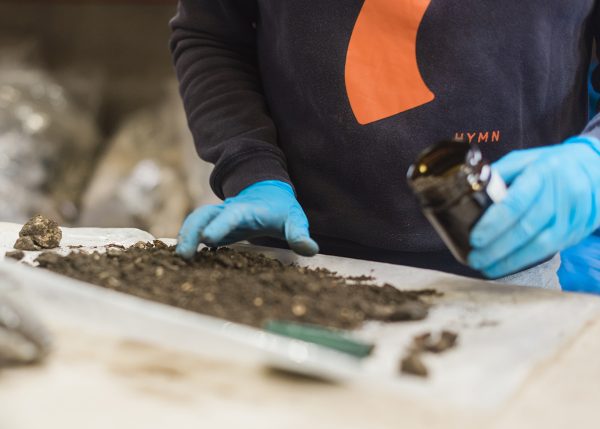 Contamination is not something that can always be seen. If your topsoil smells of fuel oil or glows green then it’s a good indicator that there is something amiss; but more often than not contamination is invisible, can be deep underground, or present in perfectly normal looking earth. Another difficulty is ascertaining where any contamination originated. Microscopic contaminants can persist underground for decades or be carried for miles by water or in the air from the source, to the site of your next project.
Contamination is not something that can always be seen. If your topsoil smells of fuel oil or glows green then it’s a good indicator that there is something amiss; but more often than not contamination is invisible, can be deep underground, or present in perfectly normal looking earth. Another difficulty is ascertaining where any contamination originated. Microscopic contaminants can persist underground for decades or be carried for miles by water or in the air from the source, to the site of your next project.
Geoenvironmental engineers utilise models to help estimate the likelihood of contaminants being present, as well as the potential risk they pose to humans, animals and plant life in the surrounding area. The models used in practice and for academic study fall into two categories: Conceptual or mathematical. These both seek to address the following questions:
Source – Where does it come from?
Pathway – How does it reach a person, animal, building, or plant?
Receptor – Who does it affect?
Source: Where does it come from and… how much is there?
1. Determining the source of contamination can be tricky.
2. Conceptual models look at the history of a site to determine whether past activities near the site may have been sources of contamination. They ask questions like:
- Where does the contamination start?
- Was there a nearby landfill that was poorly lined or poorly maintained?
- Did the local dry-cleaning company dispose of their waste products safely or did they end up dumped behind the shop?
3. If a source is identified in a conceptual model, a mathematical model can refine the study. Mathematical models want to know ‘how much is there?’
For example: If a leaky underground storage tank (UST) is the culprit:
- Was it a one-off spill, or has it been continuously leaking for an extended time?
- How much was released from the tank in total?
- How much of it has attached to the soil particles? Dissolved into groundwater? Vapourised into the air?
4. After the source has been identified and quantified, it’s time to move onto the Pathway.
Pathway: Where does it go, and… how much is there?
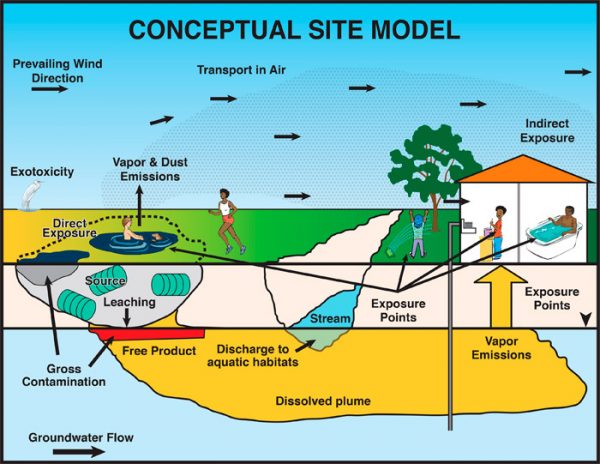 1. Contamination is insidious in that it doesn’t usually just stay put. The subsurface is a busy place, an entire dynamic world hidden from view.
1. Contamination is insidious in that it doesn’t usually just stay put. The subsurface is a busy place, an entire dynamic world hidden from view.
2. Models look to answer the question ‘where does it go?’
3. Conceptual models seek to first identify the possible routes a contaminant can take. For example:
- Contaminants could be sticking to soil particles, which are later brought to the surface through digging
- If a contaminant has vapourised into soil gases, it can migrate to the surface through soil pores and get trapped inside a basement, or be carried by the wind above the ground surface to neighbouring areas
- Bioaccumulation of contaminants in soil or watercourses mean a buried contaminant can end up in vegetables or fish
- If a contaminant has dissolved into groundwater, it can be carried by the water to a nearby drinking water supply.
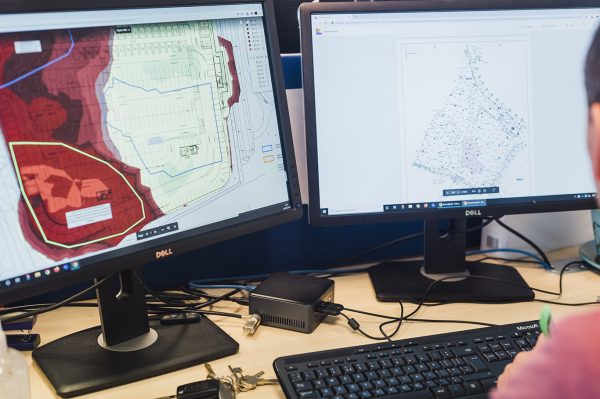 4. Mathematical models attempt to map that route more precisely, asking ‘how much is there?’
4. Mathematical models attempt to map that route more precisely, asking ‘how much is there?’
- They start with a set of values and assumptions about the starting concentration in soil/water/air and the location (i.e. the source) and track the concentration along the way
- For example, a mathematical model of contaminants in groundwater uses three principles from physics and chemistry to simulate where groundwater contamination ends up and how much of it is found at a given location:
- Advection – tracking the direction in which the contaminant is carried by the flow of water
- Diffusion/dispersion – tracking the extent to which the contaminant is diluted and spread through chemical diffusion or mechanical dispersion in the water.
- Reaction – tracking how much the contaminant has accumulated or degraded over time due to biological and chemical reactions in the subsurface.
5. Computer scientists have made geoenvironmental engineers’ lives easier by translating these contaminant-tracking mathematical models into commercially available software programs like:
- ConSim – developed for the Environment Agency for use in contaminated land projects
- BIOCHLOR/BIOPLUME – developed for the U.S. EPA to simulate attenuation of solvents and other organic contaminants
- MT3D – developed for the USGS to model contaminant transport using groundwater flow models from MODFLOW.
6. Pathway models can help engineers figure out where contaminants are lurking and how much of it may be located at a point of interest.
7. However, having a source and a pathway doesn’t mean much without the final link in the chain: a Receptor.
Receptor: Who/what will be affected and… how much is there?
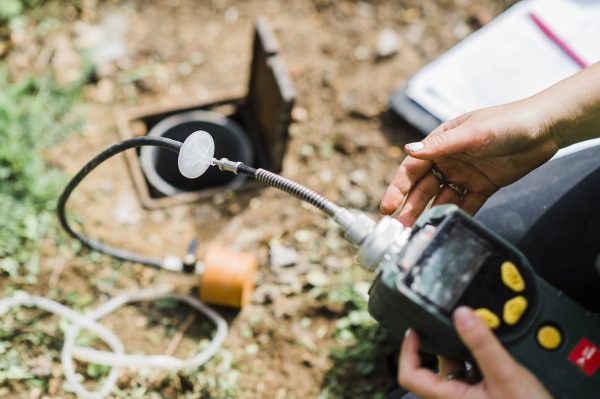 1. Why do we care about contamination?
1. Why do we care about contamination?
- Of course, it is because of the harm it can cause to humans, animals, the environment and infrastructure. These are what is known as the receptors.
2. In conceptual models, receptors are identified through an understanding of what the existing and future use of a contaminated site is. The modeler asks, ‘who will be affected?’ For example:
- Are we building offices here? People working at ground level might be exposed to contaminant vapours entering the building through cracks
- Will these homes have gardens where people might be planting their root vegetables? Not only will they be digging in these soils and be exposed through their skin and lungs, their food will also be growing in them
- Will foundations or drainage pipes have to be built here? The integrity of the materials could be compromised if exposed to certain contaminants.
3. Mathematical models go a step further. Based on the pathway model, we know how much of the contaminant will end up at the location of the receptor. So, the next question in the mathematical model is, ‘how much is the receptor intaking?’
- What mass of contaminant will be absorbed into the body from breathing, touching, ingesting a contaminant over a person’s exposure period and is it enough to be harmful?
- How much contaminant will be enough to degrade building materials?
4. More precise models can draw on principles from chemistry, toxicology and public health to determine the amount of contaminant a receptor takes in.
5. These exposure levels can then be compared to standards set by regulators.
Models are a powerful tools that help our engineers assess whether contamination exists and how much harm it will do. Of course, they are not entirely without limitations; modelling requires simplifying and making assumptions about the very complex nature of the environment, both natural and built; and as such, it’s always wise to avoid confusing a model with reality. Despite this, good models can draw from experience, mathematics and science to build well-honed predictions. And that’s still a big step beyond… just making a ‘good guess!’
